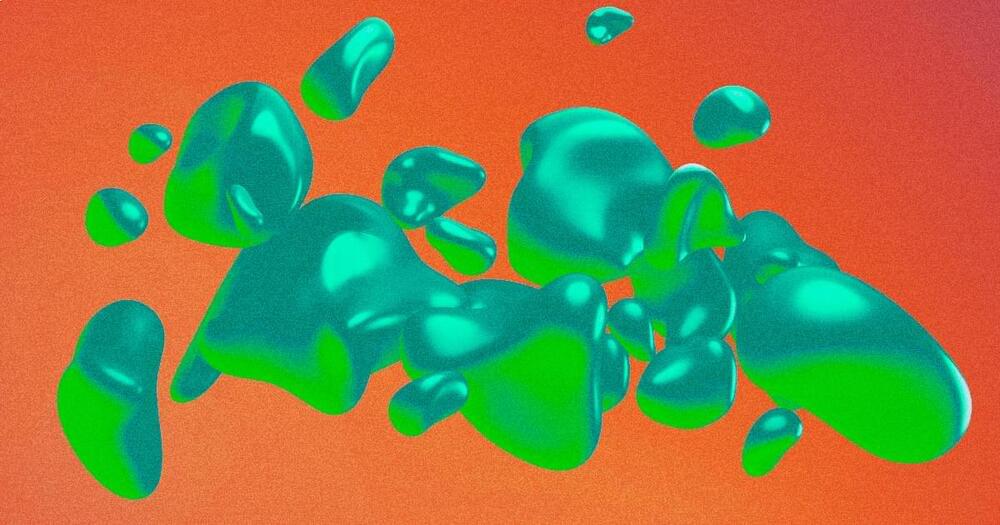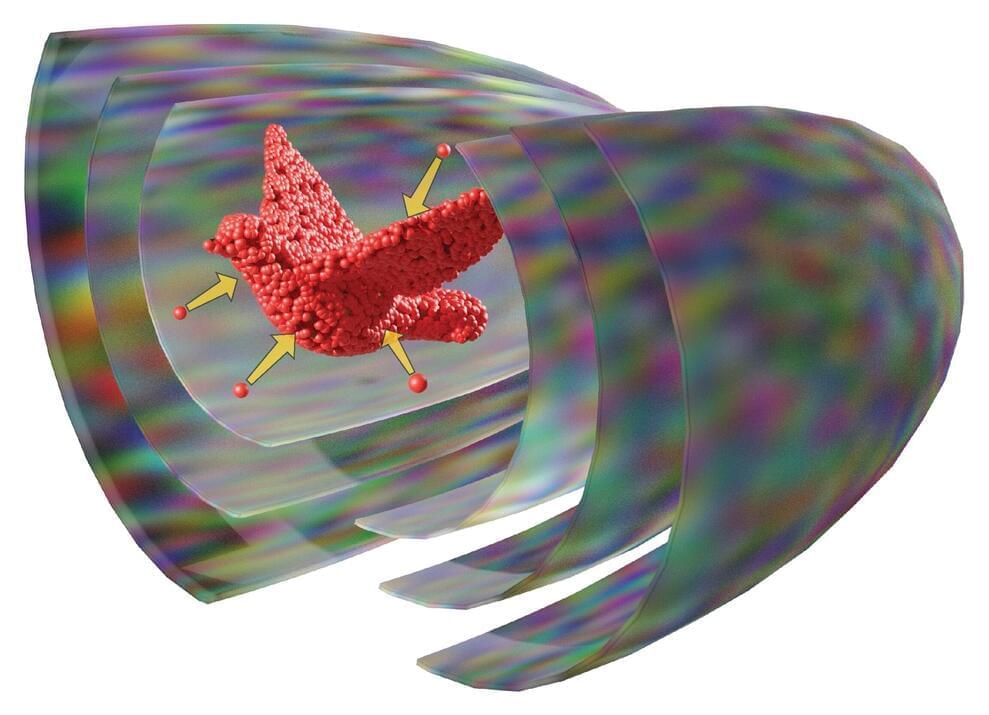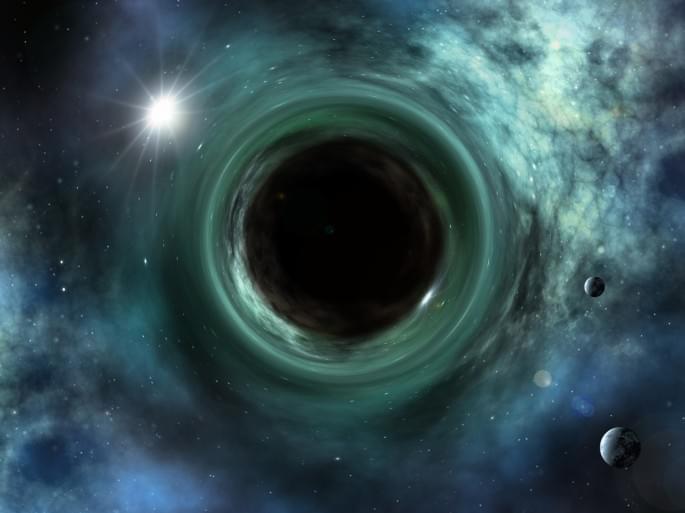We showcase the Proto infinity wall, the Proto Epic, and the Proto M. Watch and enjoy, or else.
None of this happens without the entire team at Proto. The Protopians are made up of world class engineers, salespeople, resellers, investors, producers, developers, and partners. Without them, Proto is just a good idea. They’re the people who actually make these innovations happen.
Besides California Live on NBC, Proto has also been seen on America’s Got Talent, Ellen, and The Today Show. Proto has racked up 2 Fast Company innovation award wins, Innovation of the year at SXSW, and is a 4x CES winner. Proto is a VC & mega-celebrity backed technology company based in Los Angeles with satellite showrooms and partners in New York, San Francisco, Dallas, Las Vegas, Nashville, Toronto, Brisbane, London, Taipei, Jakarta, Columbus, Milan, Tokyo, Hong Kong, and Seoul.
Want to see a demo? Schedule one here. ProtoHologram.com





